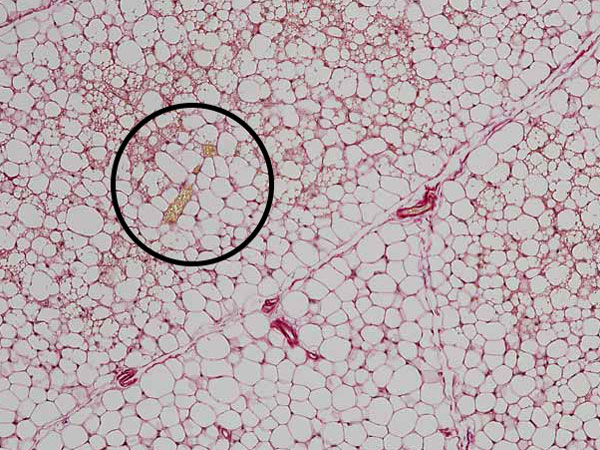
A new study shows that suppressing a protein turns ordinary fat into a calorie burner and may explain why drug trials attempting the feat haven’t been successful.
Researchers at UC San Francisco have figured out how to turn ordinary white fat cells, which store calories, into beige fat cells that burn calories to maintain body temperature.
The discovery could open the door to developing a new class of weight-loss drugs and may explain why clinical trials of related therapies have not been successful.
Until now, researchers believed creating beige fat might require starting from stem cells...
Read More








Recent Comments